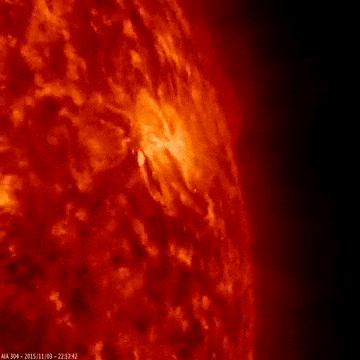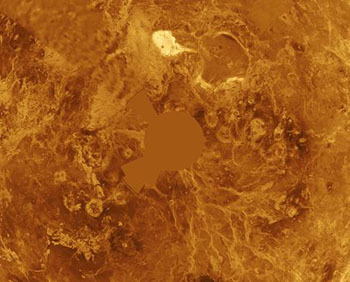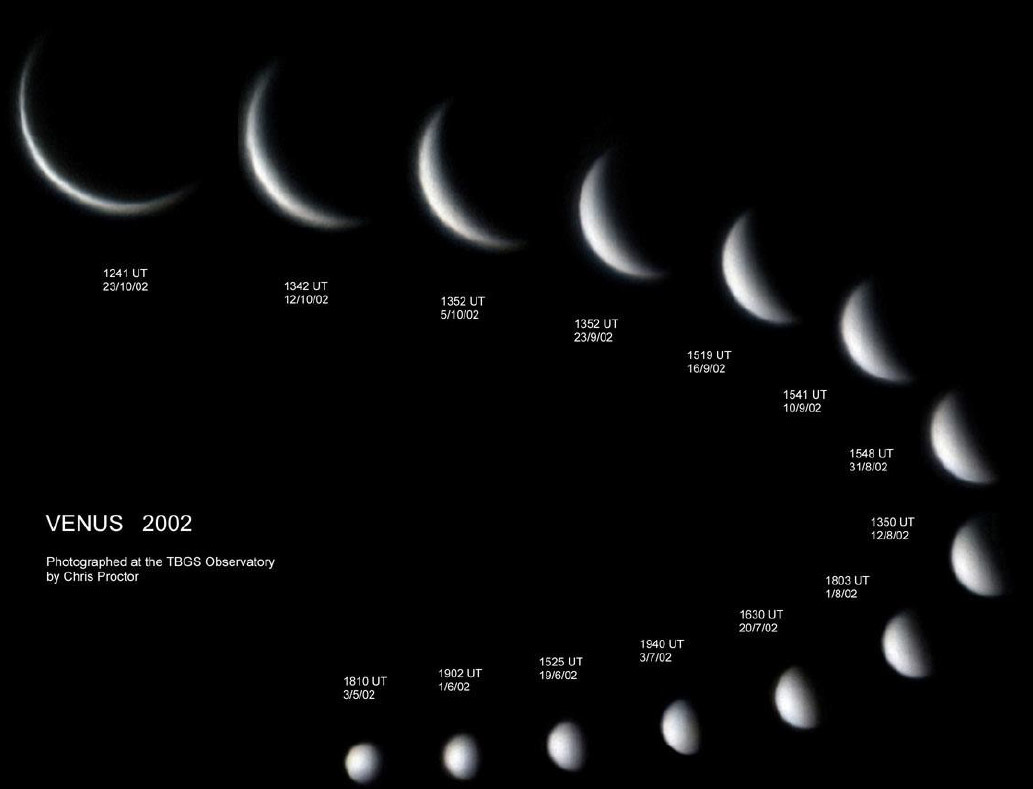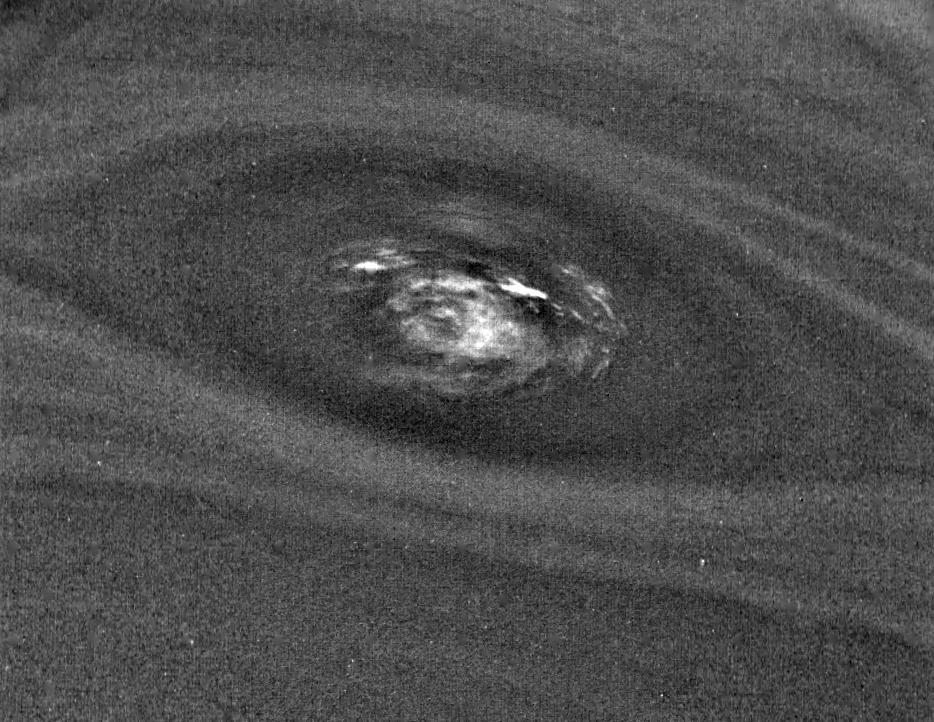Sun
The sun is a star, a hot ball of glowing gases at the heart of our solar system. Its influence extends far beyond the orbits of distant Neptune and Pluto. Without the sun’s intense energy and heat, there would be no life on Earth. And though it is special to us, there are billions of stars like our sun scattered across the Milky Way galaxy.
Sun Facts:
- If the sun were as tall as a typical front door, the Earth would be the size of a U.S. nickel
- The temperature at the sun’s core is about 27 million degrees Fahrenheit
- Our sun is more massive than the average star in its neighborhood. Nearly 90% of stars are less massive, making them cooler and dimmer
- The sun contains 99.9% of all matter in our solar system
- During a single second, the sun converts 4 million tons of matter to pure energy
- It would take about 1 million Earth to fill the sun if it were a hollow ball
- The sun rotates on its axis approximately once every 27 days
- The sun is 93 million miles away from Earth and is almost 5 billion years old
Venus
Venus played a key role in early deep space exploration. NASA Mariner 2 was the first successful interplanetary mission in 1962. And several Soviet spacecraft have made the tough descent and landing on Venus’ hellish surface.
Similar in structure and size to Earth, Venus’ thick, toxic atmosphere traps heat in a runaway greenhouse effect. A permanent layer of clouds traps heat, creating surface temperatures hot enough to melt lead. Glimpses below the clouds reveal volcanoes and deformed mountains. Venus spins slowly in the opposite direction of most planets.
Venus also played a key role in determining the distance between Earth and the sun creating the Astronomical Unit, the basic measurement we use to define our place in the cosmos. Many 18th century explorers, including the legendary James Cook, undertook perilous journeys to define the astronomical unit by watching Venus cross the face of the sun.
Like the moon, Venus has phases. It can be full when Venus is on the far side of the sun, new when Venus is between the sun and Earth, and a crescent at other points in between.
How did Venus get its name?
It is named based on the ancient Roman goddess of love and beauty. It is believed that Venus was named for the most beautiful of the ancient gods because it shone the brightest of the five planets known to ancient astronomers.
Facts about Venus:
- One day on Venus lasts as long as 243 Earth days (aka the time it takes for Venus to rotate or spin once)
- Venus is a rocky planet, also known as a terrestrial planet
- Venus’ thick and toxic atmosphere is made up mostly of carbon dioxide and nitrogen, with clouds of sulfuric acid droplets
- Venus has no moons or rings
- More than 40 spacecraft have explored the planet
- No evidence of life has been found on Venus. The planet’s extremely high temperatures of almost 480 degrees Celsius (900 degrees Fahrenheit) makes it seem an unlikely place for life as we know it
- Venus spins backward when compared to the other planets. This means that the sun rises in the west and sets in the east
Mars
Billions of years ago, Mars was a very different world. Liquid water flowed in long rivers that emptied into lakes and shallow seas. A thick atmosphere blanketed the planet and kept it warm. Today, Mars is bitter cold. The Red Planet’s thin and wispy atmosphere provides scant cover for the surface below.
Neptune
Dark, cold, and whipped by supersonic winds, Neptune is the last of the hydrogen and helium gas giants in our solar system. More than 30 times as far from the sun as Earth, the planet takes almost 165 Earth years to orbit our sun. In fact, in 2011, Neptune completed its first orbit since its discovery in 1846.
Neptune, the windiest planet have some information, they are
- If the sun were as tall as a typical front door, the Earth would be the size of a nickel and Neptune would be about as big as a baseball.
- Neptune orbits our sun, a star. Neptune is the eighth planet from the sun at a distance of about 4.5 billion km (2.8 billion miles) or 30.07 AU.
- One day on Neptune takes about 16 hours (the time it takes for Neptune to rotate or spin once)
- Neptune makes a complete orbit around the sun (a year in Neptunian time) in about 165 Earth years (60,190 Earth days)
- Neptune has six rings
- Voyager 2 is the only spacecraft to have visited Neptune
- Neptune has 13 moons. They are named after various sea gods and nymphs in Greek mythology







0 Comments